
An Omaha housing construction site (Cindy Gonzalez/Nebraska Examiner)
OMAHA — Nebraska’s largest city would add an estimated 1,900 affordable homes to its urban core with a $40 million boost tied to the property tax growth expected from Omaha’s controversial streetcar project.
The dwellings would be a mix of rental, for-sale and rehabbed properties in a 770-block area around the streetcar’s initial downtown-midtown route, which is set to be up and running in 2027.
They’re to be targeted to people making under a certain income. And they’ll be built by developers selected by Front Porch Investments, the nonprofit partner the city chose to distribute the millions in the form of grants and low-interest loans.
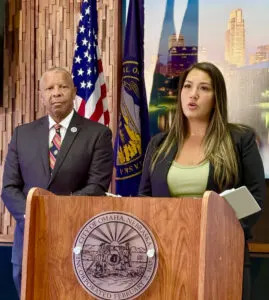
Friday, Mayor John Ewing Jr. and Jody Holston, Front Porch’s executive director, laid out more details of the vision Ewing shared with the Nebraska Examiner earlier this week.
It comes as Nebraska towns statewide continue to seek ways to tackle what a 2023 state report deemed a housing crisis. The report said the state’s economic future hinged on solutions, and called for goals including cutting the share of low- to- moderate-income households paying more than 30% of their earnings for rent from about 44% to 33%.
It’s personal
Streetcar supporters previously said that affordable housing, bike routes and other mobility improvements would be possible with the tax-increment financing stream the city is counting on to cover its streetcar cost. The city recently increased its estimate of how much the city’s portion of streetcar costs would be, to $421 million.
Ewing said his newly announced strategy — if approved by the necessary channels that include the Omaha City Council — would allow related housing production to start as soon as 2026, years before the 2031 or later that the project’s supporters previously envisioned.
Beefing up the city’s affordable housing options was an issue Ewing campaigned on, and one he described Friday as personal. He said his own parents weren’t able to buy their first home until he was 15, a sophomore in high school.
“I understand the importance of affordable housing and what it means … when it comes to providing stability for families and children, as well as the opportunity to begin to build generational wealth,” he said.
Anonymous funder
City officials, during a news conference at City Hall, described the financing strategy this way:
An “anonymous funder” has offered to buy $40 million in city bonds, which the city would grant to Front Porch to start distributing to housing developers.
The city would guarantee payback from tax-increment financing (TIF), tied to the streetcar. TIF is a state-authorized tool that, upon city approval, essentially allows future property taxes generated on an improved site to go toward paying qualified redevelopment expenses.
Steve Jensen, an Omaha mayoral aide, said the city has anticipated that the streetcar will spur $4 billion in new development that’s expected to generate $980 million in new property taxes. He said the city council earlier approved total bond funding of $490 million, and specified that $440 million (and related interest) could go to streetcar construction.
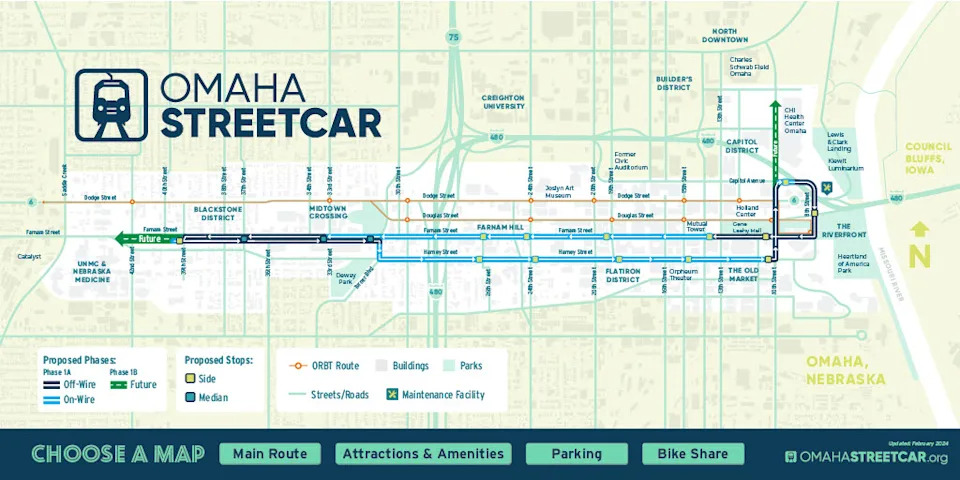
When the private funder buys the $40 million in municipal bonds, it would generate immediate funds, accelerating the ability of the city to spend part of the money on affordable housing. The remaining $10 million would be available, he said, for later housing, biking or mobility projects.
“There will be no citywide property tax rate increase, no money diverted from other city projects and no money used from properties outside the streetcar corridor,” said a city statement. “Only revenue from new or redeveloped income-producing commercial and multi-family properties within the corridor will be used to fund the streetcar, affordable housing bikeways or other mobility improvements.”
Critics of TIF point out, however, that new property taxes generated on TIF-related development are diverted for up to 20 years from other traditional property tax recipients such as schools and local governments.
North and South Omaha?
More specifically, city officials said, the boundaries in which this batch of housing units can be created is Cuming Street to the north, Woolworth/William Streets to the south, the Missouri River to the east and as far as 50th Avenue to the west.
While that does not cover the hearts of North and South Omaha, Holston said Front Porch’s ongoing program currently serves the North and South Omaha areas. Ewing said he hopes to expand farther into North and South Omaha later, but that the boundaries are limited currently to the current TIF streetcar zone and the Urban Core Housing and Mobility Redevelopment Plan that must be amended.
Holston of Front Porch called the partnership a “perfect example” of what is possible when city leadership and community priorities align. Front Porch has a history with the city, as the former Mayor Jean Stothert administration in 2022 granted the nonprofit $20 million from the city’s share of federal ARPA funds to boost affordable housing options.
Results so far from that fund are the basis for the estimated number of housing units expected to come from the $40 million, 1,900 homes.
As of July, the city’s ARPA funds, matched by $20 million from philanthropic sources, have led to 2,359 new or rehabbed units, nearly 1,700 of which are described as affordable. About $5 million from the original fund remains.
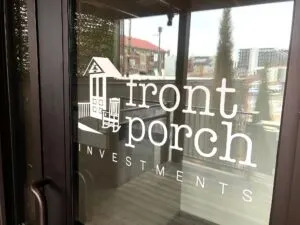
What is affordable? Holston said the projects Front Porch selects for funding typically are restricted for 20 years for people who make under a certain income. Eligible income levels can vary, she said, but homes generally would be limited to households making 30% to 80% of the area’s median income, and others to those earning 80% to 120% of median income.
‘Uniquely positioned’
Holston said Front Porch is “uniquely positioned” to partner in the venture, as it has been working for four years to close the local affordable housing gap.
“The cost of building any type of housing continues to increase due to construction costs, labor, interest rates, insurance,” she said. Without gap funding, developers and housing advocates are hard-pressed to find ways to make homes available to lower-income and working families.
She said stable housing offers benefits including enhanced educational and health outcomes and worker retention.
“We have the opportunity to ensure that families can meet their basic needs while setting them on a course toward financial stability,” Ewing said. “I’m so excited we’ll be able to do it at this scale and at this time.”
SUBSCRIBE: GET THE MORNING HEADLINES DELIVERED TO YOUR INBOX



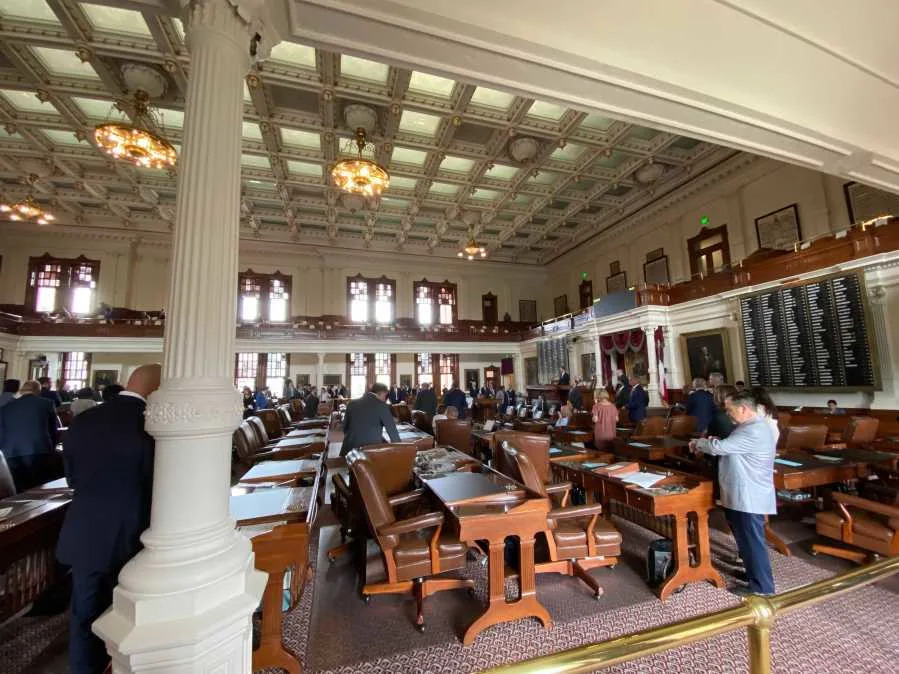


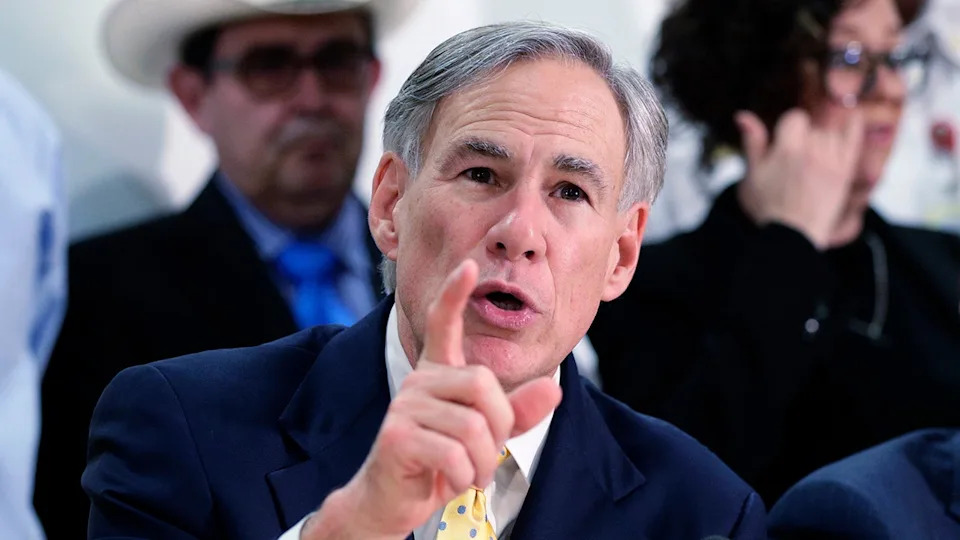
Comments